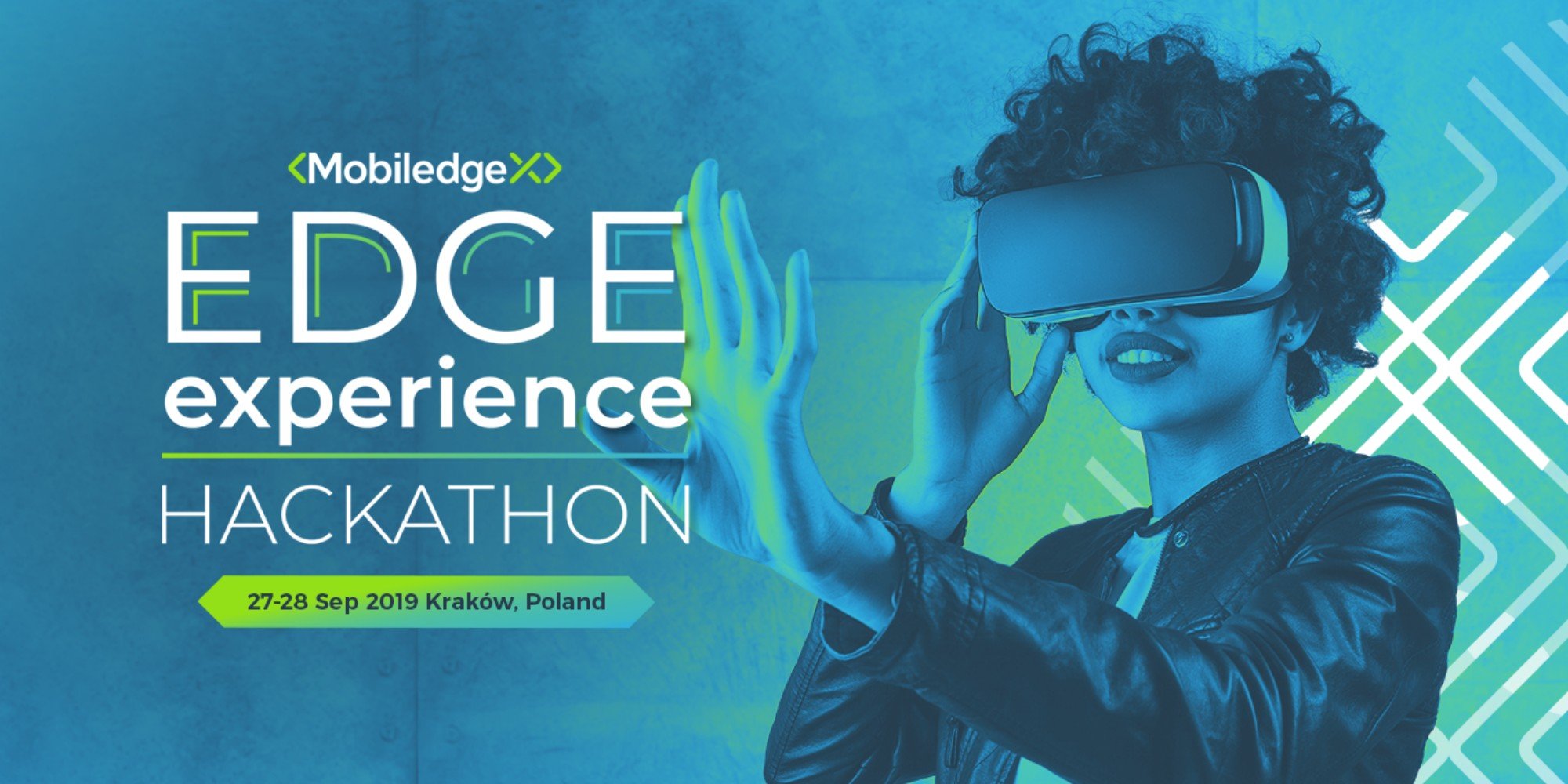Editor’s note: This is a sponsored article, which means it’s independently written by our editorial team but financially supported by another organisation, in this case, MobiledgeX. If you would like to learn more about sponsored posts on tech.eu, read this and contact us if you’re interested in partnering with us.
Edge computing — that is, bringing the computation from the cloud to locations closest to end-users and devices “on the ground” like IoT accessories or self-driving cars — is touted to be one of the basic elements of the tech of tomorrow, which has inevitably created quite some hype. If you're a developer and can make it to Krakow, you can get actual hands-on experience working on real edge computing use cases at the Edge Experience Hackathon on September 27-28.
Held by MobiledgeX in partnership with hub:raum, T-Mobile, and Samsung, the Edge Experience Hackathon offers €5,000 in the prize pool and a possibility to access state-of-the-art edge infrastructure already helping applications across XR, gaming, robotics, and other industries. The challenge for the developers to work on is “to create new immersive experiences using the MobiledgeX platform.”
The hackathon is a great place for developers focussing on all kinds of augmented, virtual, and mixed reality, as well as mobile gaming, robotics, machine learning, and artificial intelligence. The technologies, experience with which would be useful for the teams, include Android, iOS, Unity, Unreal Engine, CUDA, 3D CAD and visualisation, IoT, and cloud-native applications.
The challenges of the hackathon focus on:
- Multi-player games accentuate latency issues. In a single-player game, there are various ways in which latency issues can be finessed, but in many multi-user games, the actions have to be tightly synchronized among all players in the game, emphasizing the need to minimize latency and jitter.
- Real-time video analytics. An important Ai image processing function is to generate metadata describing objects in the image. Doing content recognition at the edge offloads processing from the device, and, contrasted to doing it in the cloud, minimizes data transmission costs, and provides a greater privacy assurance.
- Industrial AR. Scalable AR/VR for massive workloads that may be built in public or private networks.
Check out the website of the hackathon for more details — and register today to get your hands on the infrastructure tools that may define the future of edge computing.



Would you like to write the first comment?
Login to post comments